The Bengal Files Movie
Art and history often collide in cinema, but rarely does a film ignite as intense a debate before its release as The Bengal Files. Directed by Vivek Agnihotri, the film restages one of India’s most tragic chapters, the 1946 Great Calcutta Killings and the Noakhali riots, through a dramatic lens. Scheduled for release on September 5, 2025, it has already triggered political backlash, legal challenges, and public furor. In this comprehensive critique, we explore the film’s cast of characters, narrative arc, controversy, expert and public reactions, and my personal reflections on the trailer, all while maintaining a balanced, well researched, and authoritative tone.
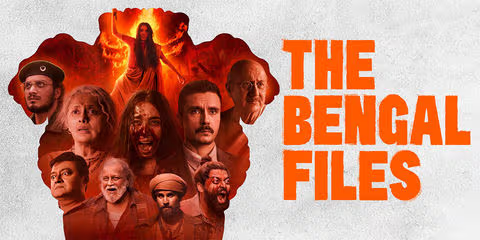
The Bengal Files : Main Characters & Cast
The Bengal Files brings together a high profile ensemble cast, each portraying key figures within the tumultuous backdrop of 1940s Bengal:
- Mithun Chakraborty – A leading face in Indian cinema, whose gravitas adds emotional heft to the narrative.
- Anupam Kher – Portrays Mahatma Gandhi, whose philosophy and decisions are scrutinized in the film.
- Pallavi Joshi – Co-producer and actor, vocal about defending the film as a democratic expression.
- Saswata Chatterjee – Cast member who distanced himself from historical debates, calling himself “not a historian” and stating he had no knowledge of the film’s title change from The Delhi Files.
- Supporting actors include Darshan Kumar, Simrat Kaur, Priyanshu Chatterjee, Namashi Chakraborty, and Sourav Das, among others.
Their performances and roles remain closely tied to the layered history the film seeks to dramatize.
The Bengal Files Movie : Plot Summary
Set against the cataclysmic violence of August 16, 1946, The Bengal Files focuses on Bengal’s descent into communal chaos following the All India Muslim League’s call for Direct Action Day. The film depicts the ensuing four day rampage, the “Great Calcutta Killings” and ripple effects across Noakhali and surrounding areas, contributing to the Partition of India. The narrative unfolds through dramatization of real testimonies and events, framed within the context of ideological tensions, demographic concerns, and national identity crises.
It serves as the third installment in Agnihotri’s “Files Trilogy” (following The Tashkent Files and The Kashmir Files), intended to uncover suppressed or contentious chapters of Indian history.
Why the Fierce Opposition?
1. Political Interference & Trailer Launch Disruption
The trailer launch in Kolkata on August 16 was marred by abrupt cancellations, venue shifts, and police intervention. Initially scheduled at a cinema hall, it was abruptly called off according to Agnihotri due to political pressures. Despite having rescheduled to a private hotel, the screening was halted again, with claims that wires were cut mid screening.
Bengal’s ruling party TMC and law enforcement cited procedural issues, absence of mandatory amusement licence and lack of prior notification to authorities as reasons for halting the event.
2. Accusations of Political Propaganda & Communal Agenda
TMC leaders accused the film and Agnihotri of serving a “BJP agenda” to politically malign Bengal. They challenged his selective focus, pointing out the absence of films like UP Files or Gujarat Files addressing similar communal histories elsewhere.
Various civil society groups also characterized the film as a deliberate attempt to divide communities ahead of elections.
3. Family’s Legal Action Over Historical Misrepresentation
The film’s portrayal of Gopal Chandra Mukherjee, a revered local figure during the 1946 riots, sparked outrage. His grandson, Santanu Mukherjee, filed a police complaint and legal notice claiming the film reduces his grandfather to a “Muslim hating butcher,” ignoring his protective actions toward Muslim neighbors. The family insists Mukherjee was a freedom fighter guided by Gandhi and Netaji’s ideologies.
Agnihotri maintains that he portrayed Mukherjee as a hero, using verbatim historical interviews, and praised his inclusion in the narrative.
4. Mounting FIRs & Legal Battles
Multiple FIRs were lodged against Agnihotri and the film by political opponents in West Bengal. The director counters with a firm belief in Indian judiciary and reports that the Calcutta High Court has issued a stay on these FIRs though new cases keep emerging.
5. Freedom of Expression vs. Historical Sensitivity
Actress Pallavi Joshi denounced the halting of the trailer launch as an assault on democracy and creative liberty, echoing concerns about state suppression of artistic expression.
Conversely, detractors argue that the film oversimplifies complex history and amplifies communal narratives for political impact.
Public Discourse & Expert Reactions
On social and political platforms, reactions remain deeply polarized:
- Some view the film as provocative propaganda meant to polarize: “divisive fiction masquerading as historical lesson.”
- Others defend the film’s right to exist amidst debate: “In a democracy, let historical claims be contested not silenced.” This sentiment resonates with artists like Pallavi Joshi.
- Civil society statements warn against commodifying communal trauma for political gain.
- Media outlets offer breakdowns of the controversy, listing factual events like cancelled launches, FIRs, and title changes.
Personal Critic’s View After Watching the Trailer
Having reviewed the trailer excerpts and public footage, here’s my measured perspective:
- Narrative boldness: The film tackles suppressed chapters in Indian history with unapologetic dramatization. It raises essential questions about memory, identity, and violence.
- Stylistic intensity: With confrontational imagery burning idols, political speeches, wires being cut mid screening, the trailer is crafted to provoke thought and emotion.
- Concerns over balance: The film heavily emphasizes particular viewpoints, Gandhi’s nonviolence, demographic change, communal identities, without evident representation of alternative narratives, risking oversimplification.
- Significance in context: The timing and framing of the film amid political turbulence heightens its impact but also its susceptibility to being read as ideological tool rather than historical exposition.
In sum, while the narrative ambition is commendable, the film’s reception context and tone raise serious questions about its role in shaping political discourse.
Conclusion
The Bengal Files isn’t just a film, it’s a cultural battleground. Between claims of historical truth and charges of manipulative propaganda, the movie embodies a fraught intersection of art, politics, and collective memory. As audiences and informed critics, our challenge lies in interrogating such films deeply, without reflexive dismissal, but with critical rigor.
Whether The Bengal Files solidifies as a cinematic milestone or a divisive spectacle will depend not merely on its box office performance, but on the quality of public discourse it ignites, fact checked, inclusive, and grounded in democratic values.
For Latest Movie Reviews , Please Follow Popnewsblend.com
Note: The discussion around The Bengal Files reflects different viewpoints from filmmakers, critics, and audiences. This blog does not endorse or oppose any political, religious, or social ideology.
Disclaimer : This article is intended for informational and educational purposes only. The views expressed are based on publicly available sources, expert reviews, and audience opinions. The content does not promote hate, violence, or discrimination against any individual, group, religion, or community. Readers are encouraged to watch the film and form their own perspective.

Hi, I’m Prashant Jain — a curious soul, storyteller, and content creator at heart.I’ve always been drawn to the world of entertainment, travel, sports, health & lifestyle — not just as a writer, but as someone who genuinely lives these experiences. Whether I’m binge-watching the latest OTT series, exploring offbeat spiritual destinations in India, or diving deep into wellness routines and cricket match insights, I love sharing what I discover with like-minded readers.
PopNewsBlend is my way of blending personal journeys with meaningful stories — ones that inform, inspire, and keep you ahead of the curve. Everything I write comes from real observations, hands-on experiences, and a deep passion for understanding the world around us.
Discover more from Popnewsblend
Subscribe to get the latest posts sent to your email.

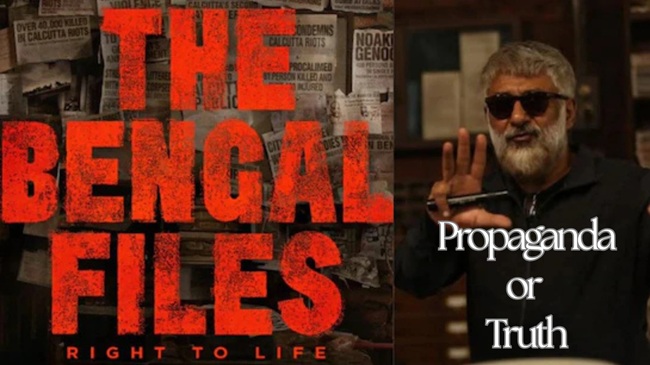

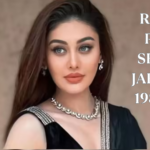
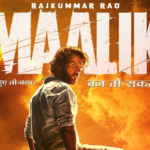
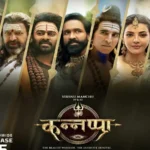


Pingback: The Bengal Files Movie Review (2025): Cast, Plot, Ratings & Honest Verdict